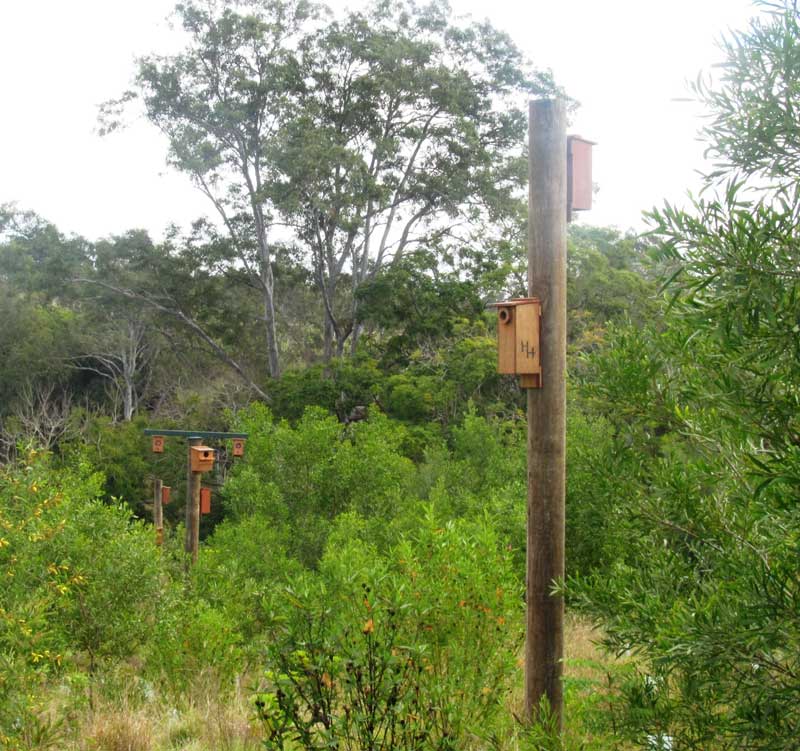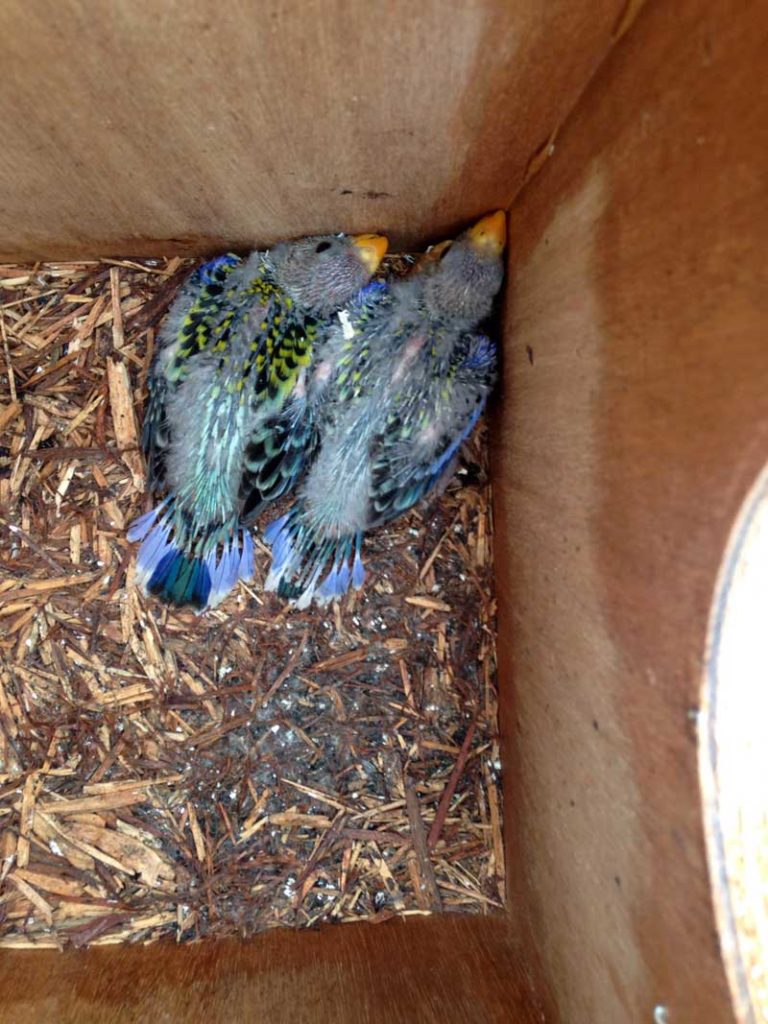The value of tree hollows to our native wildlife is well known. In South East Queensland alone, over 130 species have been identified as being dependent on hollows for their survival. Given that large hollows are typically associated with trees over 100 years old, providing adequate nesting and roosting sites in newly revegetated areas can be a challenge.
In 2011, Brisbane City Council faced this problem on a newly acquired site along the Brisbane River at Anstead. The 30 hectare property was purchased to create a larger corridor of natural area parkland along the Brisbane River, connecting Anstead Bushland Reserve and adjoining Land for Wildlife properties. Originally a cattle farm, the site was predominantly cleared with only isolated individual trees scattered throughout.
Revegetation work began in 2012 as an offset for the Legacy Way project. Approximately 92,000 native trees, shrubs and groundcovers have since been planted on site to recreate the original regional ecosystems found on the property. As the vegetation established, scratch marks were noticed on the trunks of tree saplings, indicating that arboreal species were beginning to use the area. But with only isolated existing large trees on the property, opportunities for nest and roosting sites were rare.
To help address this issue, habitat poles were installed across the site in 2014. Essentially artificial trees, the poles provide hollows, high points and refuges for a variety of bird species, gliders, insectivorous bats and raptors.

The poles ranged in height from 6-11 metres with each having three or four nest boxes attached, including micro-bat boxes, parrot boxes and glider boxes. A total of 38 poles and 130 boxes were installed across the property, located to align with the existing large living and stag (dead) trees that were already providing wildlife habitat.
Around six months after the first poles were installed an audit was undertaken to determine their effectiveness. Paleheaded Rosella and Owlet Nightjar chicks were found in two of the nest boxes, as well as scratching and other evidence of use by birds, including raptors, in many of the other boxes.
Another audit was undertaken in May 2015, approximately 12 months after the installation of the first poles and boxes and 6 months after the installation of the last poles. This showed that birds continued to utilise the poles and nest boxes, however, there was no evidence of mammal use at this point.
The poles and boxes were again audited in late 2017 with results due in early 2018. Watch this space for a follow-up story.
While there’s no substitute for retaining existing large hollow-bearing trees on your property, habitat poles and nest boxes can provide roosts and nesting opportunities for wildlife on revegetation sites in the shorter term. Combined with protecting small existing trees and planting suitable species to provide nesting hollows in the future, habitat poles and nest boxes can help ‘fill the gap’ for native animals while your vegetation matures.

raised chicks in one of the nest boxes at
Anstead. Photo by Alan Franks, Hollow Log Homes.
Encouraging gliders and microbats into revegetation sites may also help keep leaf-eating insects in check. Each glider or micro-bat eats hundreds of insects nightly, especially beetle larvae that can eat small, fast-growing trees. So nest box poles not only provide wildlife habitat, but can also help the revegetation.
For more information on nest boxes, check out the Land for Wildlife Note A2: Nest Boxes available at www.lfwseq.org.au/notes.
Article by Peter Hayes
Community Conservation Partnerships
Brisbane City Council

Super to read of the successes and look forward to the next update.
no follow up in 2018? It would be very interesting to know what is happening